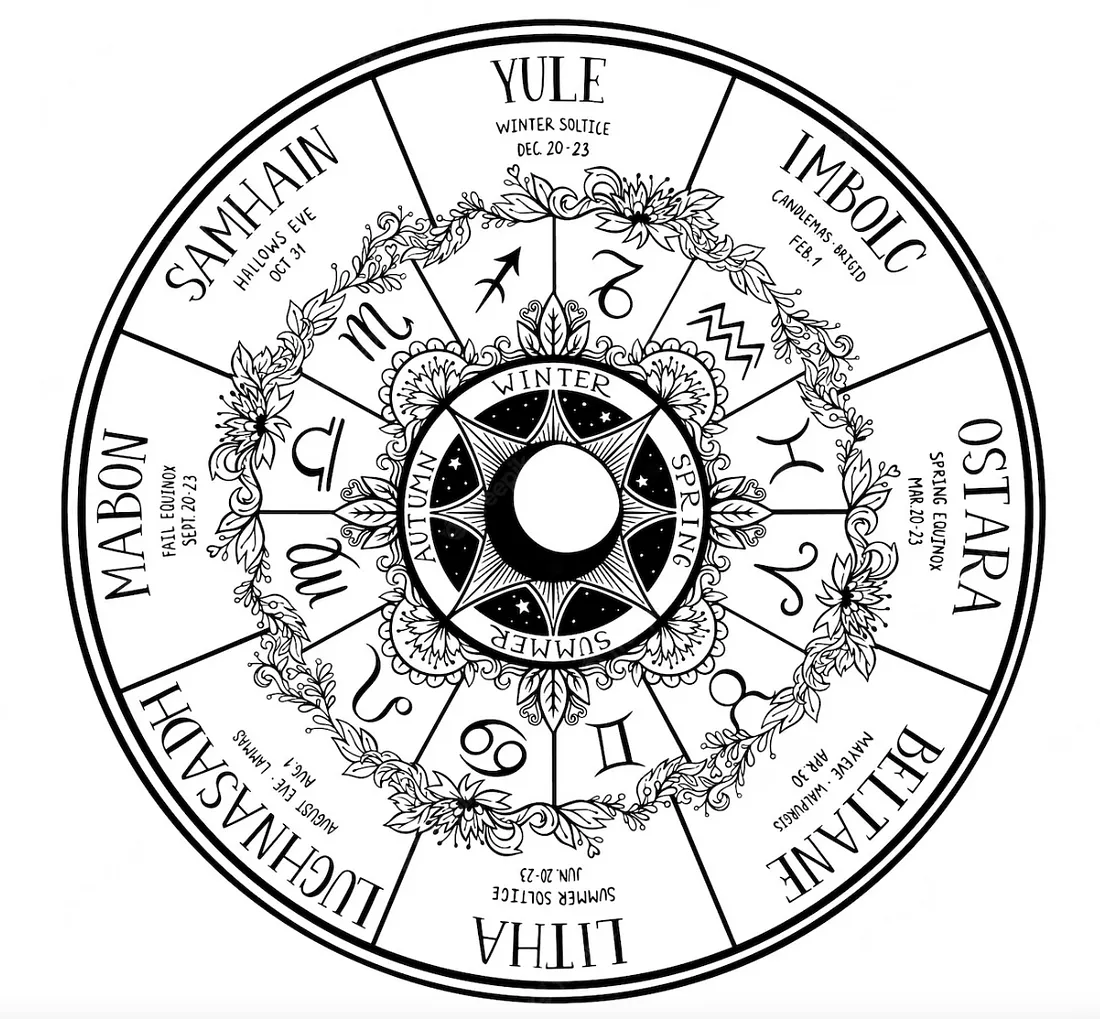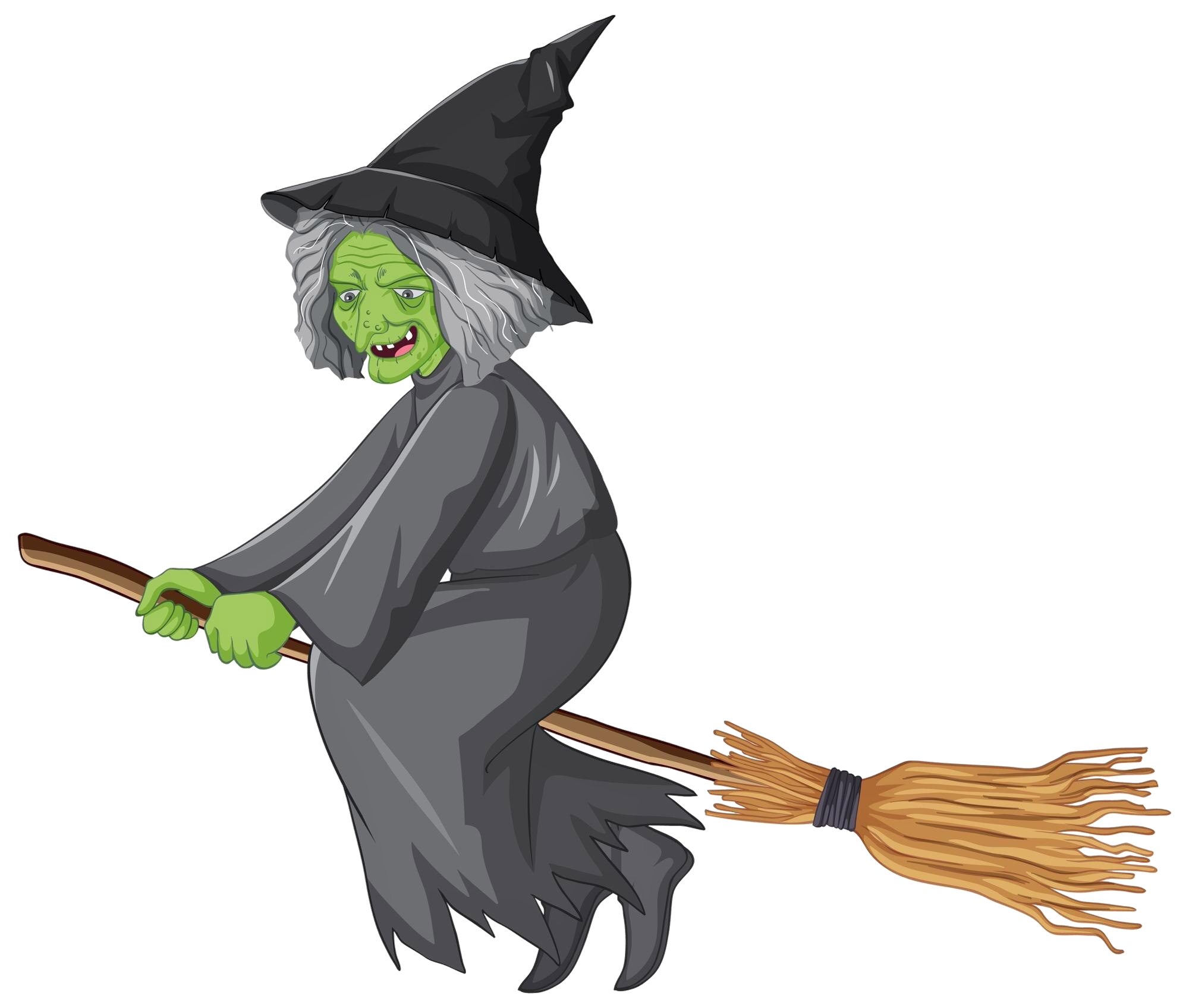- Home
- Witchcraft Herbs
Witchcraft
Herbs And Their Use

Greetings, fellow seekers of knowledge! You may call me a humble guide in this mystical journey. Today, I'll take you through the enchanting world of witchcraft herbs, a subject that's been steeped in mystery and fascination for centuries. We'll explore their practical applications and how you can weave them into your personal rituals.
To begin with, what exactly are witchcraft herbs? These are plants that have been used for millennia in various cultures for their supposed magical properties. Whether you're crafting a spell, conducting a ritual, or simply enhancing your meditation practice, these herbs can be your allies in manifesting intentions and harmonizing energies.
You might be wondering, "Why herbs?" In herbalism, plants are seen as earthly treasures – their life force intertwined with ours. In witchcraft, this ancient practice is expanded upon, using the natural energies of herbs to strengthen our connections with the elements and the spirit world.

Perhaps you're looking for some easy witchcraft that you can start with right away. Well, herbs like basil, sage, and cinnamon are perfect for beginners. Each has distinct properties that can be harnessed with minimal equipment and effort.
Basil, for instance, is often associated with protection and love. Have you ever noticed how a simple basil leaf can transform a dish? Similarly, its energy can transform your sacred space by repelling negativity and fostering a peaceful environment.
Sage, another versatile herb, is incredibly popular for cleansing. Burning sage, also known as smudging, is a powerful ritual to purify your space of stagnant or negative energies. Imagine starting your day in a freshly cleansed space – it's like a spiritual reset button.
And don't forget cinnamon. In witchcraft, cinnamon is known to attract prosperity and success. It can also be used to attract passion. Anoint your candles or add a pinch to your spell sachets to amplify your intentions.
But how do you choose which herbs to start with? I recommend beginning with herbs that you're already familiar with in your everyday life. This familiarity can make your practice feel more natural and less intimidating.
Herbs by
Purpose
The following is a (non-comprehensive) list of herbs listed by the purpose they can be used for.
- Wealth: basil, oregano, parsley, mint, patchouli, clove
- Love: rose, lavender, basil, rosemary, ginger, jasmine
- Passion: cinnamon, cayenne pepper, vanilla, basil
- Success: basil, bay leaf, cinnamon, nutmeg, cedar, allspice
- Protection: salt, black pepper, sage, garlic, nettles
- Cleansing: sage, palo santo, cedar, bay leaf, rosemary
- Happiness: paprika, orange peel, lemon peel, lime peel
Delving
Deeper into Witchcraft Herbs

As you delve deeper into the green realms, consider cultivating your own herb garden. Whether on your windowsill or in your backyard, growing your plants can strengthen your connection to nature and your magical practice.
Some things that are discussed with witchcraft herbs are not technically herbs, like salt, frankincense, myrrh and copal. Salt, while technically crystals (and sometimes sold in blocks called halite), is often used for purification and protection. Frankincense, myrrh and copal are technically resins, but are often discussed along with witchcraft herbs, especially when used as incense.
Preparing
Witchcraft Herbs
Now, let's talk about preparing these herbs for your rituals. Drying is the most common method, as it preserves the plants and makes them easy to store. Hang them upside down in a warm, dry place, and before long, you'll have your own supply.
Alternatively, you can create herb-infused oils. Fill a jar with fresh herbs and cover them with your choice of carrier oil. Let this steep for a few weeks, shaking it occasionally, and you’ll have a magical oil to anoint your tools or yourself.
Herbs may also be distilled into essential oils. Essential oils are often used for anointing people, candles and other witchcraft supplies and tools. Be careful when using essential oils, as the concentration of the herbs can make skin contact or ingestion dangerous.
To connect with your herbs on a deeper level, spend time with them. Touch them, talk to them, meditate with them in hand. Let their energies speak to you and consider the unique forces they bring to your practice. This practice of mindful interaction isn't just intuitive; it roots you in the ancient traditions of witchcraft. Always remember, the more you connect with the energy of your herbs, the more potent your magic will become.
Using
Witchcraft Herbs
A straightforward method is by creating an herbal sachet. These little pouches can be filled with dried herbs that align with your intention, like black salt for protection or lavender for peace. Wear or place these sachets where you'll feel their influence the most – perhaps under your pillow for dreams or in your pocket for daily protection. They serve as portable talismans throughout your day.
Utilizing herbs in baths is another wonderful way to merge your mind, body, and spirit. Imagine soaking in a tub filled with rose petals, lavender, and chamomile. Such a ritual could promote calmness and self-love, allowing you to emerge refreshed and centered.
Creating your teas blends is not only delightful but also a powerful way to introduce herbs into your daily routine. Consider blending chamomile and mint for soothing dreams or hibiscus with cinnamon for a bit of fiery energy. If you're considering joining the sacred art of tea-making, always research the herbs beforehand to ensure they're safe for consumption. Some plants are better reserved for external use, and sometimes the dosage makes all the difference.
Some herbs may also be burned as incense for specific purposes. Purifying herbs loke white sage and palo santo are generally burned, although they are sometimes made into herbal infusions.
Witchcraft
Herbs and Safety
While the allure of a beautiful herb garden is enticing, it's crucial to understand the interactions and properties of each herb. Some can be toxic if ingested or harmful if burned and inhaled, so always prioritize your health and safety.
Energetic
Properties of Witchcraft Herbs
Let's not forget the energetic properties of herbs, a significant aspect of their use in witchcraft. Some say that each herb resonates with a specific elemental energy – earth, air, fire, or water – and can be used to balance or amplify these forces in your life. With every step you take into the world of witchcraft herbs, observe how these subtle shifts influence your surroundings and personal energy. Reflect on these transformations, allowing them to guide you to deeper insights.
Do you ever feel drawn to a particular herb without knowing why? This subconscious attraction is worth exploring, as it could reveal insights into your current spiritual needs or inner conflicts. Journaling your experiences with herbs can uncover patterns and help refine your practice. Write about your intentions, the herbs you've used, and any outcomes or feelings that follow. By capturing your observations, you'll begin to see the threads of your practice weaving into a more comprehensive understanding. This process can greatly enhance your growth and confidence in working with witchcraft herbs.
Trust your intuition, too. If a certain method feels fitting or an herb calls out to you, honor that feeling. Intuition is a valuable guide in any magical practice, leading you toward the most potent expressions of your craft.
Venturing
Deeper

As you venture deeper into the enchanting world of witchcraft herbs, seek out community if it resonates with you. Sharing experiences with fellow practitioners can open new pathways and deepen your understanding. Discussion groups or workshops, either in-person or online, are excellent ways to exchange knowledge. Hearing others' perspectives can ignite new interests and affirm the universal journey of exploring herbalism and magic.
Always approach your practice with a sense of openness and curiosity. The more you're willing to learn and experience, the richer your journey with witchcraft herbs will become.
Reflect on what draws you to this practice in the first place. Is it the historical connection? The appeal of nature? The desire to shape your reality? Understanding your motivation will enhance your practice as it evolves.
Whatever your reasons, remember that witchcraft, at its heart, is about aligning your intentions with the natural world to create change. Herbs are simply part of your toolkit. Even as you grow, keep a beginner's mindset. Curiosity and humility will always lead you to new discoveries and deepened connections with both the herbs and your craft.
Conclusion
Let's briefly recap the essentials of using witchcraft herbs. Start simply, with familiar herbs. Connect with their energies. Explore different methods, like sachets or teas. Be mindful of your safety and always respect the plants' power. Keep a journal and trust your intuition – these steps will guide you well as you deepen your relationship with the natural magic of herbs.
Now you have a foundation from which to begin crafting your herbal magic with confidence and joy. I'm thrilled to have shared this glimpse into the world of witchcraft herbs with you. May your journey be filled with enchantment, learning, and growth. Blessed be!
Share this page on social media:





New! Comments
Have your say about what you just read! Leave me a comment in the box below.